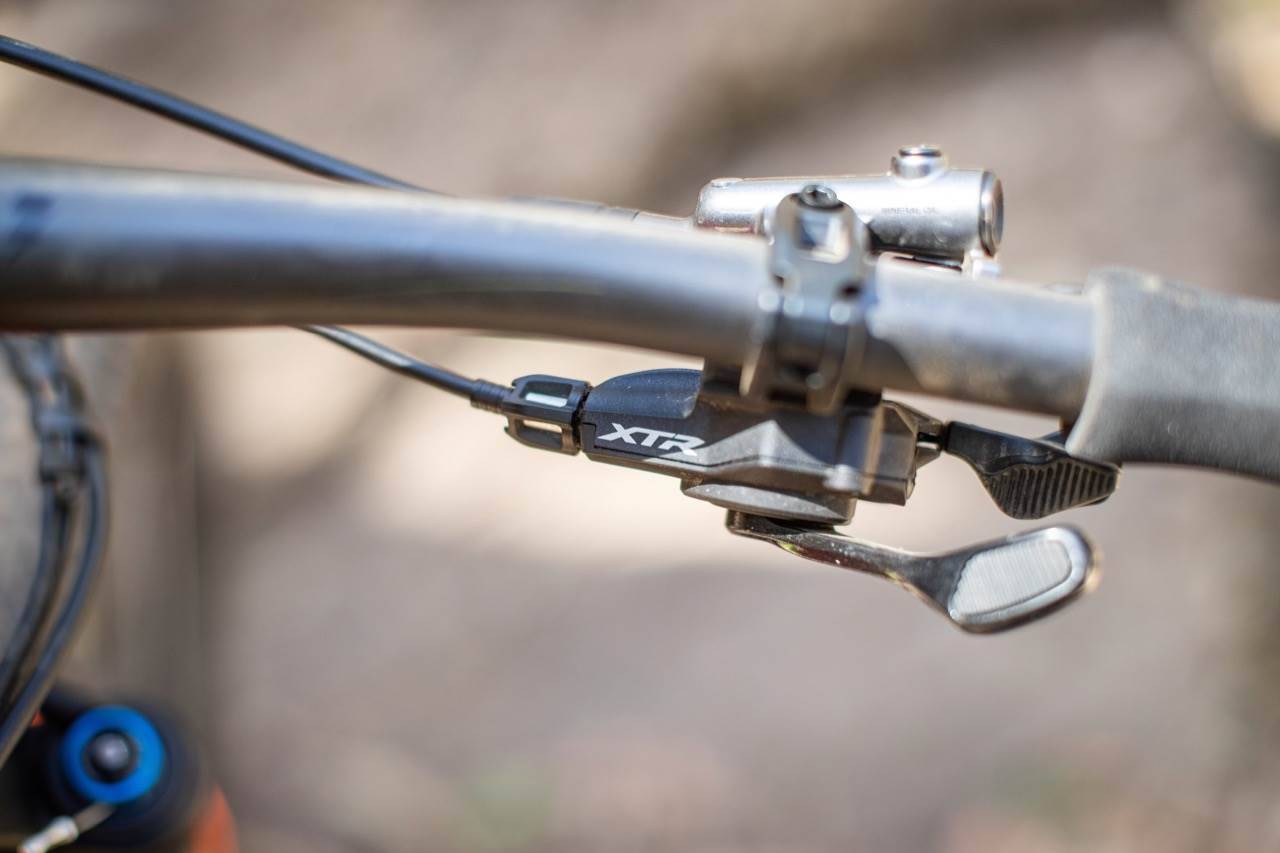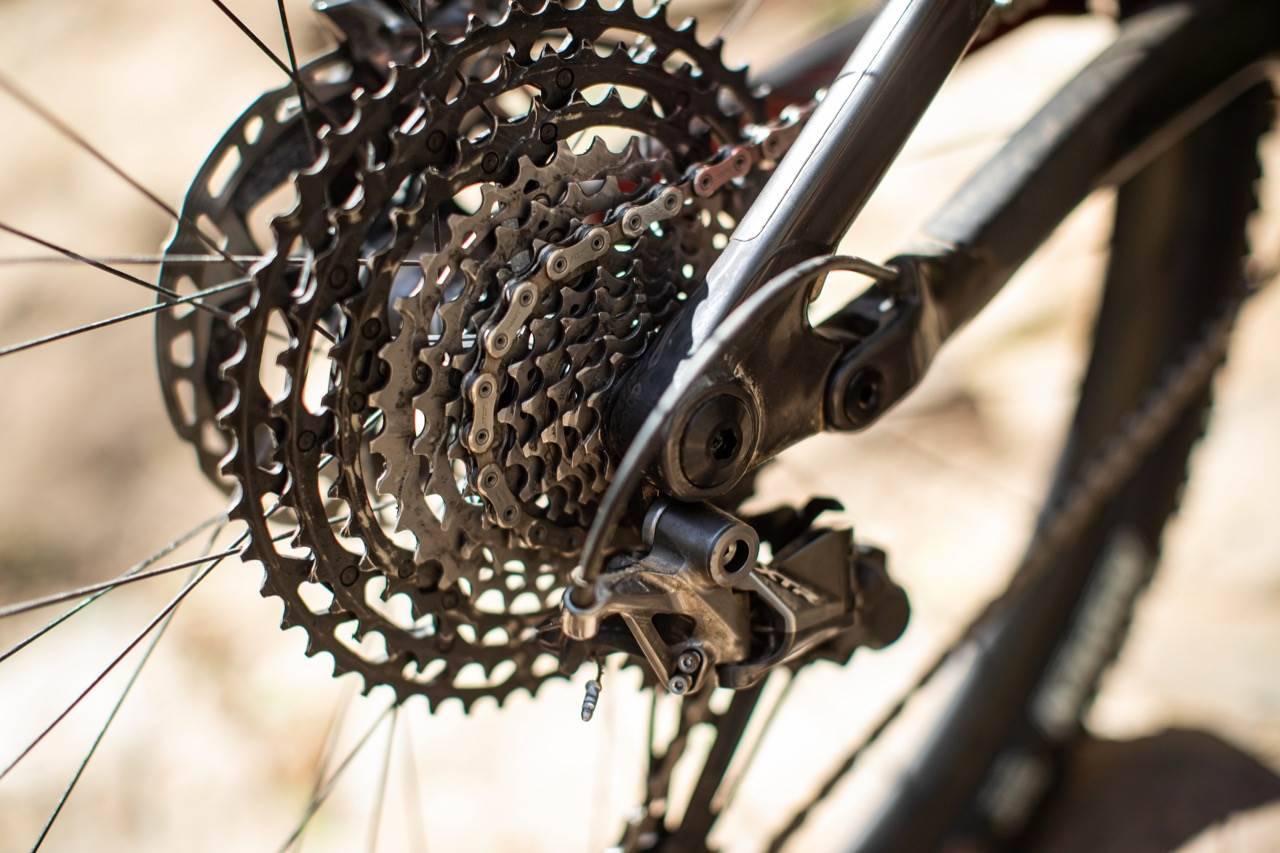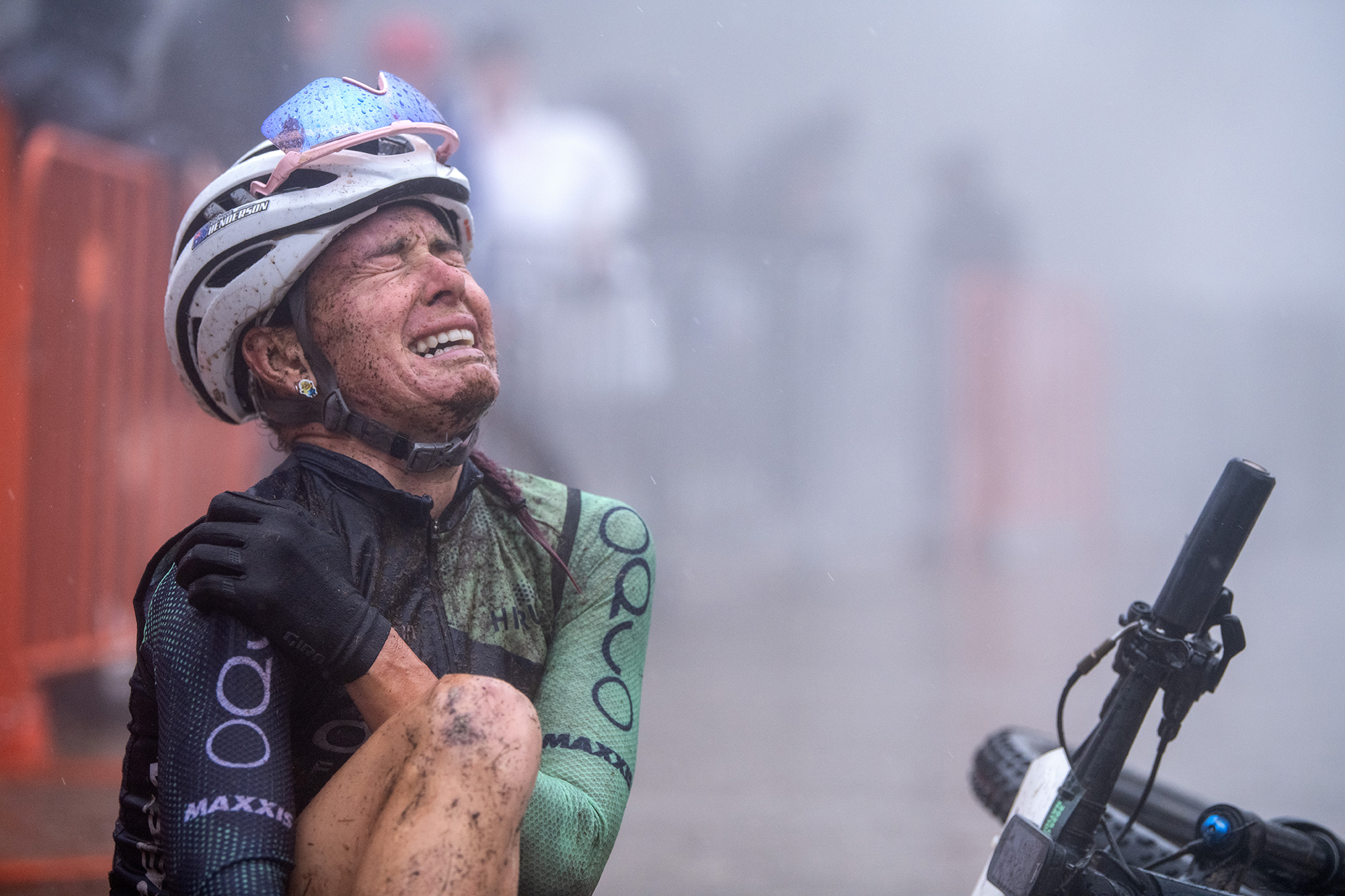TESTED: Longterm Shimano XTR M9100 group set
Longterm test of the latest Shimano XTR M9100 group set
Words: Mike Blewitt Photos: Tim Bardsley-Smith
Shimano's top-shelf XTR group set was overhauled in a big way in the middle of 2018 – and the new 12-speed M9100 group set surprised a few people. There was no electronic option, and Shimano had manged to create an even wider gear range while also offering a closer ratio cassette as an option. Almost every component also had a more XC oriented version, and an all-mountain or enduro option as well. It was a ground up redesign that Shimano needed.
Many of the features of the Shimano XTR M9100 group set are found on the Deore XT M8100 and SLX M7100 groups, but the top group is lighter, and in many cases more durable too.

With a cross-country/trail variant fitted up to a couple of different bikes over the past few months, it's time to weigh up how the latest XTR group set stacks up.
Shifting with XTR M9100
Shimano has always had incredible crisp shifting, with precise downshifts assisted by ramped cassettes and chains to suit. All the new 12-speed parts have taken this to an entirely new level thanks to Hyperglide Plus. While a derailleur does what you would think, derails a chain, the latest generation of Shimano 12-speed parts make sure the chain moves from one sprocket to the next far faster and smoother than before. It is quieter, more reliable and much smoother. Shifting under load is something normally best avoided, but extra load actually increases how well the latest 12-speed parts shift. And this is the same for shifting to easier or harder gears – and of course with XTR shifters you can shift more than one gear at a time. Even on eMTBs.
The 10-51 cassette has been designed based on shifting, and range. And the 51 isn't a case of 1 more tooth than rivals, but it's about shift mapping. That last jump is super smooth, which is exactly what you need. There's a 10-45 option as well but I had the large range on test with the longer SGS rear derailleur.

The rear mech itself is light, with oversize jockey wheels and a design that keeps it out of harms way. I have noticed a few scuffs on the lower cage after an alpine stage race, but the cage and hanger were still dead straight. The cable also tucks neatly out of the way, with no chance of buzzing in the spokes or catching on anything at all. The clutch is adjustable and easy to disengage for wheel changes.
The same shift ramps on the cassette are matched to the chain, and chain ring – and along with the SilTec coating on the chain the drivetrain would be one of the quietest around. That's nice, but it's the chain security I really noticed. Even with a light clutch setting and no chain guide I happily rode and raced this bike down steep, technical descents in conditions from blown out to mudfests – with no issues with chain security – or missed shifts.
The chain has hollow pins and has actually been amazingly hard wearing so far – I can't even get the chain checker in after a few months of frequent use. This is astounding for a narrower chain.
Controls
One of the changes is ergonomics, with more adjustment for the shifters or new dropper lever when attached to the brake levers. While the levers new clamp is a trick of the eye, everything stays in the same place, it's just stiffer. The shifter can rotate through a huge range and move in and out to fine tune ergonomics for even the fussiest of riders. And the shift feel is crisp with immediate effect – with less load even than XTR M9100 which was already super smooth.

Braking
I tested the XTR M9100 Race brakes, which I tended to avoid in previous versions. The XTR Trail brakes were my favourite brake for the past 6 years, with all the power and adjustability I wanted. IceTech pads and rotors were a nice improvement along the way.

Using a 180mm rotor up front and a 160mm in the back with finned IceTech pads the brakes were good enough for an alpine mountain bike stage race for my weight at about 72kg. But I think if you're heavier or have a trail bike then you should opt for the 4-pot version. I'm not sure a trail rider should need enduro brakes for a trail bike, but I do feel that the 2-piston version and Race lever has it's limitations. That said, I never experienced any brake rattle with the finned pads, and only minimal fade on steep alpine descents. The solution might be Deore XT M8100 2-pot brakes.
Cranking it up
I have the MT-900 cranks on test, which are essentially the XT M8100 models. But like XTR they have a direct mount chain ring. It's a little lighter and stiffer, but they have a wider gear range, as you can run up to a 38t chain ring. If you need smaller than a 30t, you can get an XT M8100 28t ring. The tool to remove the chain ring lock ring can be used in a bench vise, or even with a Centrelock tool, something I did in the field a few times. It was easier than four different chain ring bolts, and never creaked or came loose.

The new Shimano hubs
Of course, to use Shimano XTR M9100, or Deore XT M8100 or SLX 7100 12-speed parts you need to use a Microspline freehub. It's new, and right now only a few non-Shimano hub makers are licenced to make them. Any hub that uses DT Swiss internals can be swapped out, as can Industry Nine hubs. The new rear hub has dramatically better engagement, and the engagement system rolls quietly and with near zero drag when you're not pedalling. It's quiet and fast. Having spoken to Shimano race support it does remain a freehub that is best left alone.
One thing to be aware of is a small, clear plastic spacer that sits between the cassette and hub. It's not to space it out but to keep it quiet. Whether it was a design oversight or instead something that would be easily replaceable I'm not certain. But needing to have it there doesn't seem appropriate for XTR. The hubs still use cup and cone bearings which are finicky for most people, but they roll astoundingly well.
Mix and match
Probably the best thing about Shimano XTR M9100 is Deore XT M8100 and SLX 7100. With all three group sets being interchangeable, you really can mix and match to suit what you do. From the parts designed for enduro use to those for XC and trail, or spending more in areas to trim weight or aiming to save cash – it all works together.
The XTR group set is hands down the best performing of the three, and while it is also the lightest it is far from fragile. My group set has withstood 4 international flights, a lot of high load climbing and steep descents in foul conditions, plus of course plenty of punishment in Australian dust in the super dry Queensland winter. I have bought and owned the past five XTR group sets and this one has the best lever feel, and most precise shifts. The hubs are a huge leap in terms of ride feel thanks to how well they roll and the engagement, and I really like the move to the direct mount chain ring.
Thanks to how smooth the shift is no matter how hard you are pedalling, I would have to say this is the best mechanical group set I have used. Sure, XTR Di2 had an easier shift at the lever, but XTR M9100 has a smoother shift where the action is.
Hits:
– Smooth and precise shifting no matter the conditions
– Options for everyone
– Light and strong
– Compatibility with the whole range
Misses:
– I'd like XTR 2-pot trail brakes back
– Still a rear hub that screams 'don't touch me'
RRP: Ask your Shimano dealer













